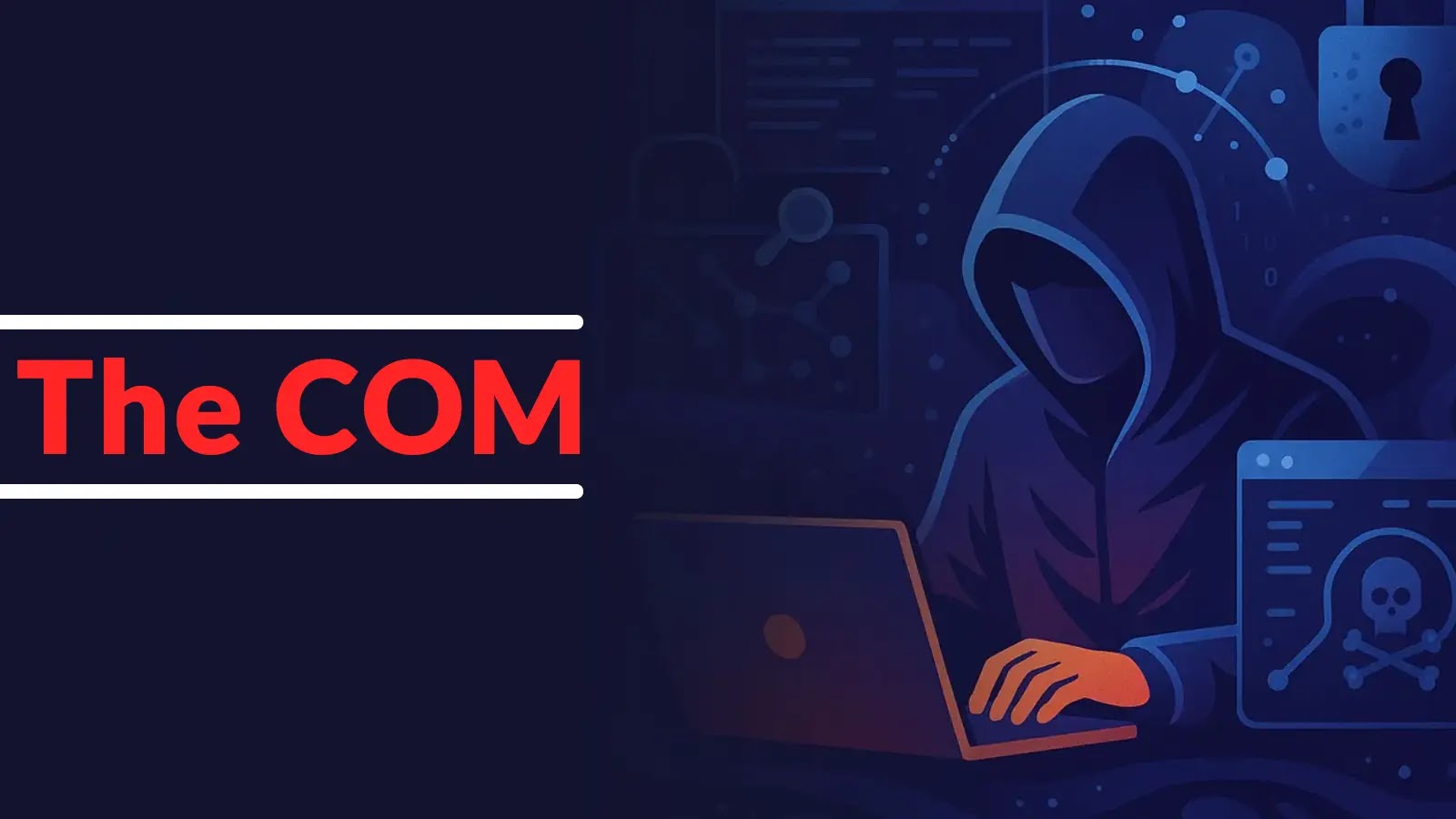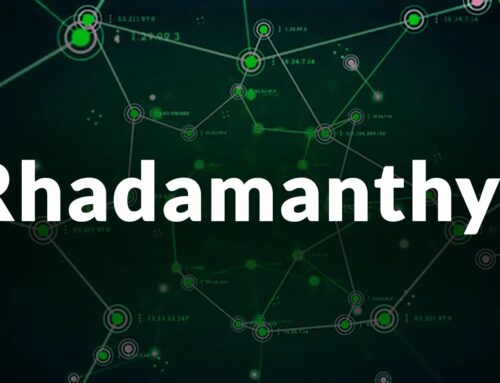
English-Speaking Cybercriminal Ecosystem ‘The COM’ Drives a Wide Spectrum of Cyberattacks
The Rise of The COM: Unmasking a Sophisticated Cybercriminal Ecosystem
The digital underworld is in constant flux, with new threats and sophisticated adversaries emerging regularly. However, few transformations have been as stark and impactful as the evolution of “The COM” – an English-speaking cybercriminal ecosystem that has quietly, yet menacingly, shifted from a niche community of social media asset traders to a professional, service-driven criminal marketplace. This shift has profound implications for organizations of all sizes, fueling a wide spectrum of cyberattacks that demand our immediate attention and understanding.
From Social Handles to Cybercrime Kingpins: The COM’s Metamorphosis
Initially, The COM was a loose collection of forums and chat groups where individuals traded rare, desirable social media handles. Think coveted Instagram usernames or Twitter accounts. This seemingly innocuous activity quickly laid the groundwork for a more sinister progression. The inherent skills required for these initial exchanges – social engineering, account takeovers, and exploiting platform vulnerabilities – proved highly transferable. As the community matured, so did its ambitions, moving beyond mere digital commodities to orchestrate and facilitate complex cyberattacks.
The Service-Driven Underbelly: How The COM Operates
What distinguishes The COM today is its professional, service-oriented approach to cybercrime. It functions much like a legitimate business, offering specialized “services” to its members and clients. These services are diverse and cater to a broad range of malicious activities. This includes, but isn’t limited to:
- Initial Access Brokers (IABs): Providing pathways into corporate networks, often obtained through phishing campaigns, exploiting unpatched vulnerabilities (e.g., specific CVEs like CVE-2023-38831 in WinRAR or CVE-2023-2825 in some web applications), or stolen credentials.
- Ransomware-as-a-Service (RaaS) Affiliates: Collaborating with established ransomware gangs, members of The COM deploy and manage ransomware attacks against targeted organizations.
- Data Exfiltration and Extortion: Stealing sensitive corporate data and threatening its public release unless a ransom is paid.
- Business Email Compromise (BEC) Schemes: Orchestrating sophisticated email fraud to divert funds or obtain sensitive information.
- Credential Stuffing and Account Takeovers: Using lists of stolen credentials to gain unauthorized access to accounts across various platforms.
This division of labor and specialization makes The COM highly efficient and adaptable, enabling them to target multinational corporations with alarming regularity.
Targeting the Enterprise: The COM’s Impact on Businesses
The transition of The COM into a professional cybercriminal enterprise has significantly increased the threat landscape for businesses. They are no longer just a source of online harassment or account theft; they are now a primary driver of financially motivated attacks that can cripple operations, damage reputations, and incur significant financial losses. Their ability to leverage various attack vectors and access sophisticated tools means that even organizations with robust security postures can find themselves in their crosshairs.
Remediation Actions and Proactive Defenses
Combating a sophisticated ecosystem like The COM requires a multi-layered and proactive cybersecurity strategy. Organizations must move beyond reactive measures and embrace a preventative mindset.
- Strengthen Access Controls: Implement strong, unique passwords across all systems and enforce multi-factor authentication (MFA) vigorously. This mitigates the impact of credential stuffing and stolen credentials.
- Regular Patch Management: Promptly apply security patches and updates to all software, operating systems, and network devices. Many initial access points exploited by groups like The COM stem from unpatched vulnerabilities (e.g., critical vulnerabilities like CVE-2021-44228, Log4Shell, which continue to be exploited).
- Employee Security Awareness Training: Educate employees about common social engineering tactics, phishing attempts, and the dangers of clicking on suspicious links or attachments. A well-informed workforce is a critical line of defense.
- Endpoint Detection and Response (EDR) & Extended Detection and Response (XDR): Deploy advanced EDR or XDR solutions to monitor endpoints and networks for malicious activity, detect anomalies, and respond rapidly to threats.
- Network Segmentation: Isolate critical systems and sensitive data from the rest of the network. This limits lateral movement for attackers who gain initial access.
- Incident Response Plan: Develop and regularly test a comprehensive incident response plan. Knowing how to react in the event of an attack can significantly minimize damages.
- Threat Intelligence: Subscribe to and actively utilize threat intelligence feeds to stay informed about emerging threats, TTPs (Tactics, Techniques, and Procedures) used by groups like The COM, and known indicators of compromise (IoCs).
- Data Backup and Recovery: Implement robust, offsite, and immutable backup solutions. In the event of a ransomware attack, reliable backups are crucial for recovery without paying the ransom.
- Email Security Gateways: Implement advanced email security solutions to filter out phishing emails, malware, and spam before they reach user inboxes.
The Ongoing Battle Against Organized Cybercrime
The evolution of The COM serves as a stark reminder that cybercrime is no longer a fringe activity but a highly organized and lucrative industry. Their professionalization and service-driven model elevate the threat posed to organizations globally. Understanding their modus operandi and implementing robust, multi-layered security measures are paramount for defending against these sophisticated adversaries. The battle against groups like The COM is ongoing, demanding continuous vigilance, adaptability, and proactive defense strategies from every organization.





